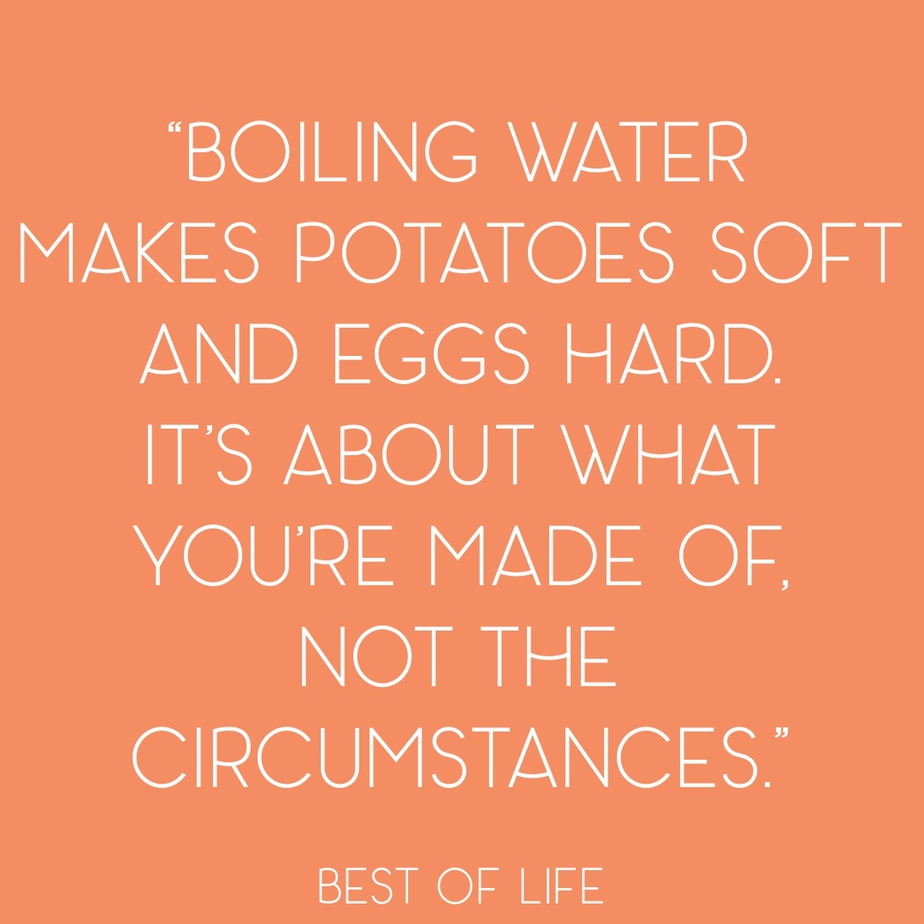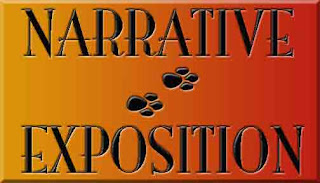
Something to think about.
-Jan R

Something to think about.
-Jan R

Something to think about.
-Jan R

I’m trying a little experiment this morning. I wrote what I thought was a really good blog on suspense, and I got very few hits. I decided the issue was the title. So for those who read this blog under the ineffective title, I apologize. For those who are reading this blog for the first time, I hope it helps. The title does matter, but that discussion is for another day.
If you want your reader to continue reading, you have to give them a reason why. Draw them in and keep them guessing. The number one weapon in your arsenal to accomplish this feat is the use of suspense.
If you’ve done a good job of developing a character your reader cares about, they are going to hang on to make sure things work out in the end.
There are four main ways to create suspense.
You can mix and match these techniques. You are not limited in your choice. An example would be opening with foreshadowing in the first paragraph and then adding the use of a clock at the end.
Something to think about.
-Jan R

Something to think about.
-Jan R

I remember when I first started taking my writing seriously. I did a lot of research and read a lot of information on how to write a publishable novel. Somewhere along the way, I missed the part were narrative and exposition were not the same. As a matter of fact, I used the two interchangeably.
In response to one of my earlier blogs, a fellow blogger commented that she thought I was wrong in reference to a statement I had made concerning exposition and narrative. She, of course, was right, and as a result, I took a closer look at these two concepts.
Narrative
Exposition
In a nutshell, narrative is telling, exposition is showing. I found the following example during my research and thought it did a good job of showing what I am trying to explain.
Exposition: Brian stopped and reached into his pants pocket. He pulled out a lighter. Then, he reached into his lapel pocket for his pack of cigarettes and took one out. He placed the cigarette between his lips, cupped his hands, and lit it. After putting his lighter back in his pants pocket, he resumed walking.
Narration: Brian stopped to light a cigarette and resumed walking.
So much info on this subject. It still can be confusing, and it seems everyone has a different opinion. I would encourage you to do your own homework and think twice about using the two concepts interchangeably. They are not the same.
Something to think about.
-Jan R

Something to think about 🙂
-Jan R

I love Writer’s Digest. If you’re a serious writer, you should consider subscribing to the magazine. They have great articles from published authors that cover a multitude of subjects-related to writing of course 🙂
I recently picked up a copy of one of my older publications and reread an article by Jordan Rosenfield on building tension, or I guess I should say, quick tips for infusing scenes with tension.
Dramatic tension relies on the reader’s knowledge that something is about to go down – but the details for how or when have yet to be revealed. To create it, you must:
Tension keeps the reader waiting with baited breath, wondering if the protagonist is going to survive, find love, or achieve his/her goal.
Remember tension keeps your reader turning the page.
Something to think about.
– Jan R